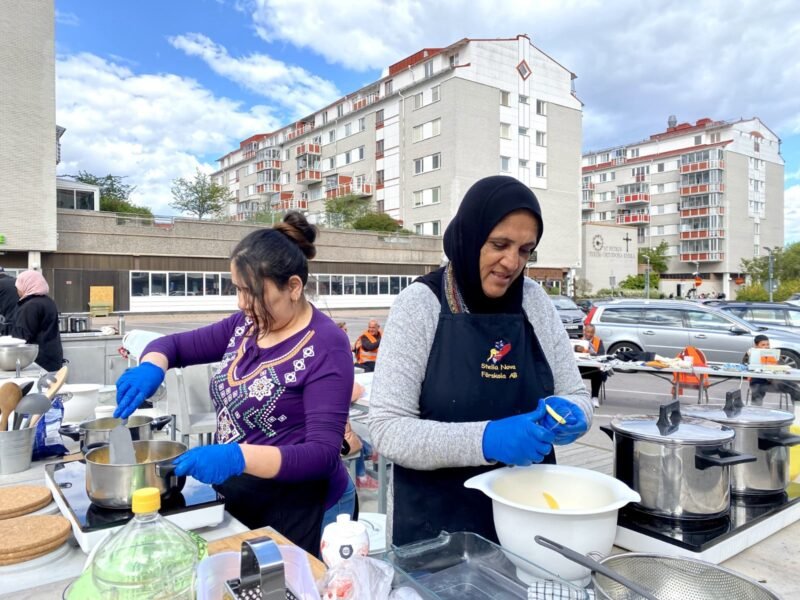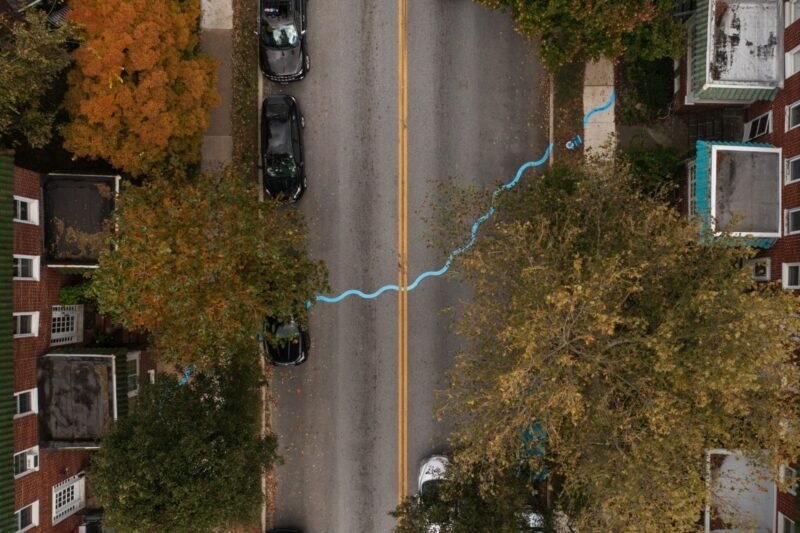A Floating Modular Park For Amsterdam

Last Friday I had an interesting talk with landscape designer Ronald Rietveld about temporary urbanism and flexible strategies for the city of Amsterdam. He revealed a great design proposal for the renewed harbor area in the East of Amsterdam. The project New Amsterdam Park (N A P), that Rietveld Landscape designed in collaboration with Atelier de Lyon, is a flexible floating park supporting different subcultures to program their own space within publicly accessible shipping barges.

The park is designed to exist at least 10 years and facilitates relax and event spaces for Amsterdam’s inhabitants. Furthermore it offers green spaces to the surrounding neighborhoods. An exciting water labyrinth consisting of water alleys and squares is generated by different elevations of the barges and distances in between them. The labyrinth experience will be enhanced by strategically chosen vistas through the barges at the 0-NAP level. Standing on big grass hills, reaching out of the barges, people can always enjoy the view over the IJ.
“N A P connects the port with the citizens of Amsterdam and creates a new public domain in the heart of the old city. A grid of 30 large barges (90 x 11.40 x 5.5 m) creates a hidden water world on the river IJ. The grid generates flexibility because it can easily be expanded and decreased in size by changing the number of connected barges. The 30 park spaces are offered to different initiatives, ranging from the park’s neighbors, city government and various (sub)cultural initiatives. The park spaces will be publicly accessible. N A P can be reached by public boat traffic-lines, private boats and a pedestrian bridge form KNSM Island.”

Although the project is meant to give place to different interest groups in the city to organize their own specific activities, an opportunity is provided to get aquatinted with other lifestyles. A system of stairs and openings provides a labyrinth-like experience enabling people to surf around in the different barges. The whole is to become a collection of different sub-clubs having a more less separated space to work out an rather exclusive atmosphere. This idea of separating different interest groups is really interesting to me, because it sheds a new light on the role of public space, which in standard policy terms should always be made to facilitate everybody.



